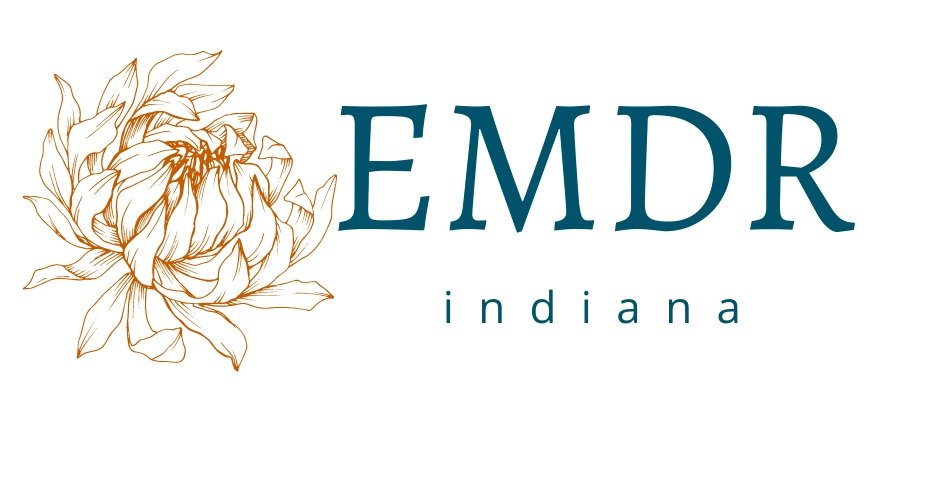Top 5 Myths About EMDR Intensive Therapy: Debunking Common Misconceptions
EMDR intensive therapy has gained attention for its ability to offer rapid healing for trauma survivors, particularly those struggling with deep-rooted issues like PTSD, childhood trauma, and emotional blocks. While traditional EMDR involves weekly sessions, the intensive format condenses multiple sessions into a shorter time frame, allowing accelerated healing. However, with its growing popularity comes a host of misconceptions that may lead some to hesitate to try it.
In this post, we’ll tackle the top 5 myths about EMDR intensive therapy and explain the truth so you can make informed decisions about whether it’s right for you.
Myth 1: EMDR Intensives Are Too Emotionally Overwhelming
Truth: While EMDR intensives involve diving deeply into trauma, they are carefully structured to ensure that you remain emotionally safe throughout the process. Trained therapists closely monitor your emotional state and use techniques like grounding and mindfulness to help regulate emotions as they arise.
EMDR intensives are designed to move at a comfortable pace for each individual. Though it’s natural to expect some level of emotional discomfort when working through trauma, your therapist will ensure you don’t become overwhelmed. You will be equipped with coping strategies before, during, and after the session to help manage emotional intensity.
Myth 2: EMDR Intensive Therapy Isn’t Safe
Truth: EMDR intensives are just as safe as traditional EMDR therapy and, in many cases, can be even more supportive due to their focused and immersive nature. The therapist dedicates more time to helping you process trauma, and because the sessions are longer, there’s more time to stabilize and regulate emotions as they come up.
Additionally, EMDR has been extensively researched and is recognized as a safe and effective trauma treatment by organizations like the American Psychological Association (APA) and the World Health Organization (WHO). In an intensive format, the safety of the therapy remains intact, with experienced therapists guiding the process to ensure emotional safety and stabilization.
Myth 3: EMDR Intensives Don’t Work as Well as Traditional Therapy
Truth: For many people, EMDR intensives are not only as effective as traditional weekly therapy—they may even be more effective. The intensive format allows clients to focus deeply on their trauma without the interruptions of daily life between weekly sessions. This uninterrupted focus can lead to faster emotional breakthroughs and a quicker resolution of trauma-related symptoms.
Many clients who feel "stuck" in traditional therapy find that the immersive nature of EMDR intensives helps them break through emotional barriers more quickly. The concentrated format allows clients to reprocess more memories in a shorter time frame, accelerating healing and offering relief faster than spread-out weekly sessions might provide.
Myth 4: You Have to Be in Crisis to Benefit from an EMDR Intensive
Truth: EMDR intensives aren’t just for people in crisis. While they are highly effective for those dealing with acute emotional distress or trauma, they can also be beneficial for anyone looking to make significant progress in their healing journey.
People choose EMDR intensives for various reasons, including feeling stuck in traditional therapy, wanting to work through a specific issue quickly, or addressing longstanding emotional blocks. You don’t have to be in crisis to benefit from an EMDR intensive—anyone looking for focused healing can find value in this format.
Myth 5: EMDR Intensives Will "Fix" Everything in Just One Session
Truth: While EMDR intensives offer a concentrated and effective way to work through trauma, they are not a one-time “fix” for everything. Healing from trauma is an ongoing process, and while you may experience significant relief from symptoms after an intensive, additional follow-up therapy may be needed to support long-term healing and integration.
EMDR intensives often serve as a powerful jump-start in the healing process, providing quick breakthroughs that would take longer to achieve in traditional therapy. However, trauma is complex, and long-lasting healing requires continued self-care, reflection, and possibly additional therapy sessions to maintain progress.
Conclusion
EMDR intensive therapy is a highly effective tool for healing from trauma, offering a faster path to relief for many individuals. While misconceptions may lead some to hesitate, the reality is that EMDR intensives are safe, emotionally manageable, and can produce powerful results. Whether you’re seeking to resolve deep-rooted trauma or looking to break through emotional barriers, EMDR intensives provide a focused, supportive space to work toward lasting healing.
If you're curious about how EMDR intensives could benefit you, reach out today! Healing is only an email away.
